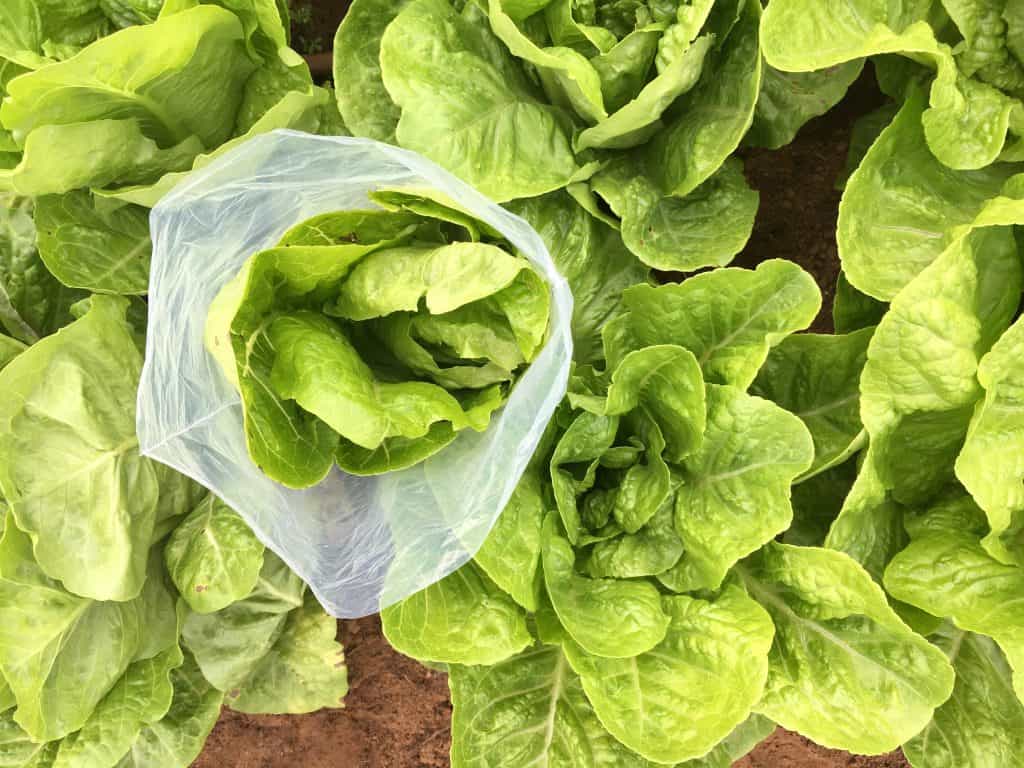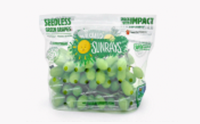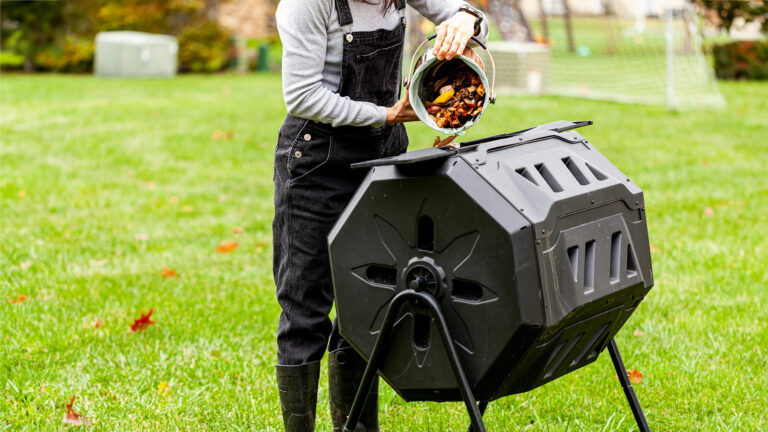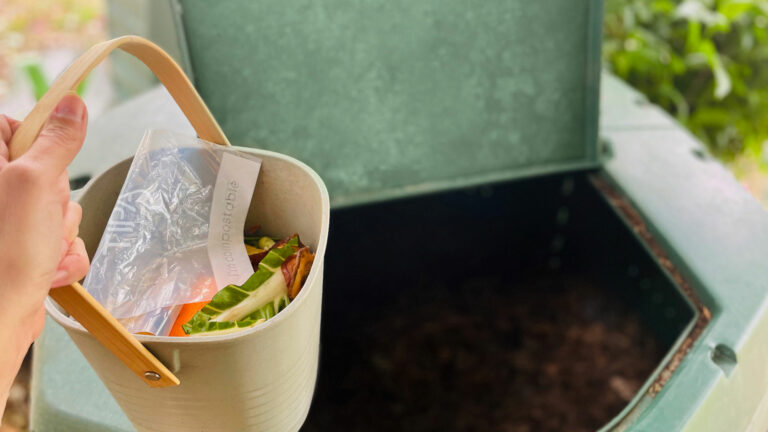Terms that describe packaging properties like “Compostable,” Biodegradable” and “Oxo-degradable” can be confusing. This guide will explain the distinctions, so next time you go to the shop or discuss the various approaches to solving the global challenge of plastic packaging, you’ll be fully equipped to do it!
Recent research caused confusion
Recently published research by the University of Plymouth questioned how good compostable, biodegradable, or oxo-degradable bags are for the environment. It caused confusion because not many people understood the differences between the three – until it was clarified that compostable labeled bags do perform differently to those marked biodegradable or oxo-degradable when it comes to decomposition in water and soil, and overall impact on the environment.
When choosing between packaging options it’s important to make a clear distinction between biodegradable, compostable and oxo-degradable and understand the properties of each, as they mean very different things, with very different implications for their respective end-of-life scenarios.

Compostable
Industrial compostable packaging will break down in industrial composting environments within a time frame of 180 days under composting conditions – high humidity, high temperature and the presence of microorganisms. The packaging is broken down by microorganisms in the same way and at the same rate as food and garden waste. It leaves no toxic residues.
Home compostable materials may be composted in home composting systems should they meet the appropriate standard.
Why compostable matters
Plastic packaging waste is often too contaminated with food waste to be suitable for recycling and is ultimately sent for incineration or to landfills. This is where compostable packaging comes in. Not only would landfill and incineration is avoided, but the compost produced would return organic matter to the soil.
“If packaging waste can integrate into the organic waste system and be utilized as compost (fertilizer) for the proceeding generation of plants, the waste has a circular, more practical and even ‘down-to-earth’ purpose for the market,” says Daphna Nissenbaum, Co-Founder, and CEO of TIPA®.
Look for the logo
When in doubt about whether the packaging is compostable or not – look for the logo. Materials and products complying with composting standards can be certified and labeled accordingly, e.g. as in the United States with a Compostable Logo.

Biodegradable
Biodegradable plastics are plastics that can be broken down completely by microorganisms under the right conditions into water, naturally occurring gases (e.g. carbon dioxide or methane) and biomass. The biodegradability of a material is strongly dependent on conditions such as temperature and the presence of oxygen, water and microorganisms.
The problem with the term ‘Biodegradable’ is that it is vague and has no defined timescale or conditions and as a result, the rate of decomposition can vary significantly. For example, wood is biodegradable, but wooden structures don’t break down and can stand for generations.
As such, a much clearer term to use is ‘compostable.’ Then one knows exactly what one is talking about, and very importantly, what one can expect at the end-of-life of that packaging, as well as when.

Oxo-degradable
Oxo-degradable products are made from conventional plastics and supplemented with specific additives in order to mimic biodegradation. Of major concern is that significant evidence suggests that oxo-degradable plastics do not safely biodegrade but fragment into small pieces, contributing to microplastics pollution.
The Ellen MacArthur Foundation’s New Plastics Economy initiative together has published a statement calling for a ban on oxo-degradable plastic packaging. 150 organizations have joined the Ellen MacArthur Foundation called for a ban.
What this means to you
When it comes to disposal of packaging it is important to remember that throwing away packaging in the environment is littering, whether the package is compostable or otherwise, and burying isn’t the same as composting! Composting requires the right parameters to work, whether it is done at home or in an industrial composter.
If you live in the United States, look for packaging with the certified Compostable Logo. It is based on science, not hype, so you can buy with confidence knowing that that packaging is designed to break down quickly, completely and safely, when composted in well-run municipal and commercial facilities. No plastic residues will be left behind to destroy the value of the finished compost. If you do not already have a compostable collection where you live, lobby your local and state authorities!
If you live in the United Kingdom and you think that compostable packaging should be a core material collected by all local authorities, follow the outcome of the Defra Consultation on Waste Management Collection Consistency, which included calls for investment in separate food waste collection to reduce the amount of food waste going to landfill. Also lobby your local council to separately collect food waste and compostable packaging if it is not already doing so.
If you don’t see compostable packaging when you are shopping – ask your store manager why not! And then keep asking until you do!
Compostable is a solution that works and is suitable for anyone who wants to do the right thing with regard to the plastic waste problem.














